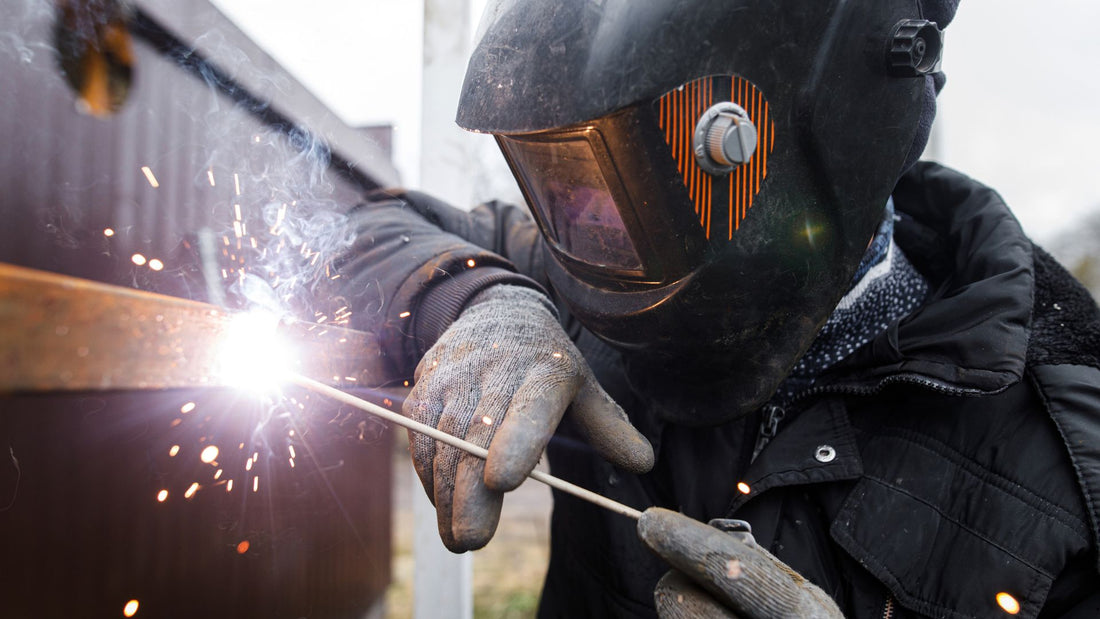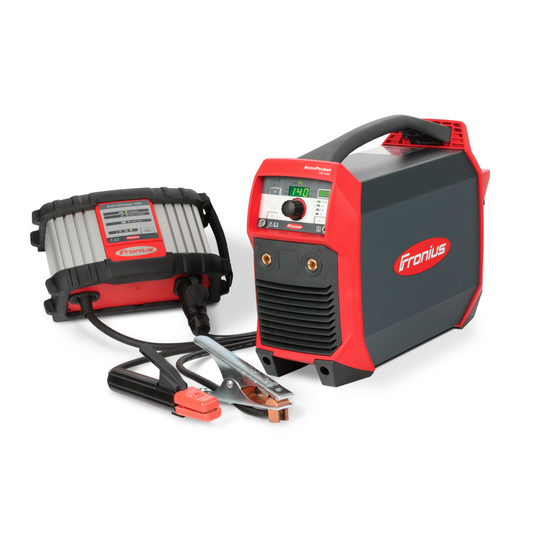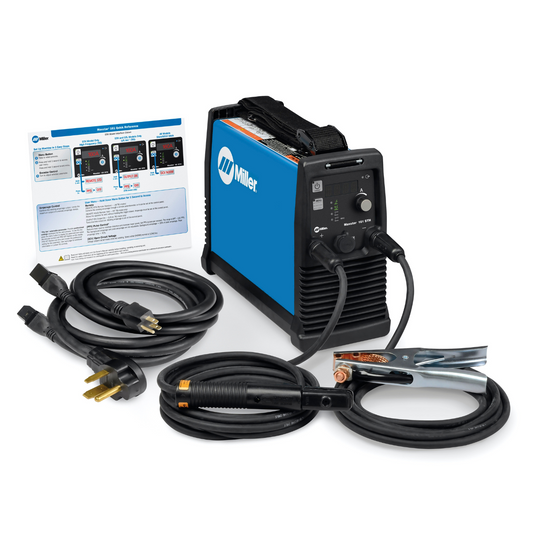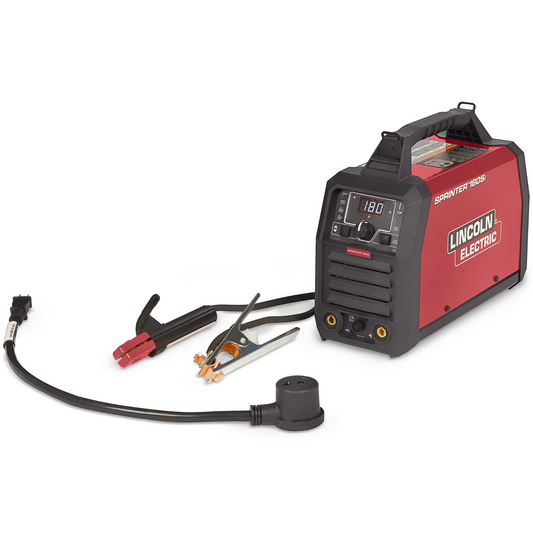Starting your journey in arc welding can be both exciting and challenging. One of the first hurdles you'll encounter is selecting the right electrode. The electrode you choose can significantly impact the quality of your welds and your overall experience as a beginner. Here's a guide to help you navigate this important decision and set yourself up for success.
Understanding Arc Welding Electrodes
Arc welding electrodes, or welding rods, are crucial in the welding process. They conduct current to create the arc and melt to form the weld joint. Electrodes are classified into different categories based on their coating, core material, and intended use.
Key Factors to Consider
Type of Electrode
E6010: Known for deep penetration and ideal for welding through rust, oil, and dirt. However, it requires a more advanced technique, which might be challenging for beginners.
E6011: Similar to E6010 but can be used with both AC and DC power sources. It's more forgiving and easier to handle.
E6013: Often recommended for beginners, E6013 electrodes produce a softer arc and are excellent for welding thin materials. They are easy to use and provide good control over the weld.
E7018: These low-hydrogen electrodes are great for welding structural steel. They require proper storage to prevent moisture absorption, which can complicate the process for beginners.

Printable electrode amperage chart
Material Being Welded
- Different materials require different electrodes. For instance, mild steel typically uses E6013 or E7018 electrodes, while aluminum and stainless steel require specialized electrodes.
Power Source
- Ensure your electrode is compatible with your welding machine. Some electrodes work well with AC, while others are better suited for DC.
Welding Position
- Certain electrodes are better for specific positions. For example, E6010 and E6011 are versatile for all positions, while E7018 is commonly used for flat and horizontal welds.
Ease of Use
- As a beginner, opt for electrodes that are forgiving and easy to control. E6013 electrodes are often recommended because they strike easily to produce smooth welds.
Recommendations for Beginners
For those just starting out, the E6013 electrode is a solid choice. It provides ease of use, versatility, and good weld quality on thin materials. The E6011 is another excellent option, offering more versatility with power sources and better performance on less-than-perfect surfaces.
Machine Setup
Setting up your welding machine correctly is crucial for achieving optimal results. Here are some essential steps for a proper machine setup:
Select the Right Amperage: Each electrode has a recommended amperage range. If you need assistance selecting the right amperage, you can check out our downloadable electrode amperage chart above. E6013 electrodes typically require a lower amperage, making them ideal for beginners.
Polarity: Ensure that your machine is set to the correct polarity. For example, E6010 electrodes generally use direct current electrode positive (DCEP), while E6013 electrodes can use either AC or DC.
Ground Clamp: Attach the ground clamp securely to the workpiece to ensure a good electrical connection.
Cable Connections: Check all cable connections for tightness and proper placement. Loose connections can lead to poor arc stability.
Welding Techniques
Mastering basic welding techniques will improve your skills and the quility of your welds. Here are some tips to get you started:
Striking the Arc: Gently tap or scratch the electrode against the workpiece to strike the arc. Once the arc is established, maintain a consistent distance from the workpiece.
Travel Speed: Move the electrode at a steady pace. Too fast, and your welds will be weak and inconsistent. Too slow, and you'll create excessive heat and spatter.
Angle and Position: Hold the electrode at a slight angle to the workpiece, typically around 10-15 degrees. This helps control the wel pool and ensures better penetration.
Weaving Technique: For wider welds, use a weaving motion. This involves moving the electrode side to side in a consistent pattern to cover a lager area.
Practice: Welding is a skill that improves with practice. Start with simple projects to build your confidence and technique.
Tips for Success
Preparation: Clean your workpiece thoroughly to ensure better weld quality.
Storage: Store electrodes in a dry place to prevent moisture absorption which can affect performance.
Choosing the right electrode is crucial for a smooth start in arc welding. Consider factors like the type of material, power source compatibility, and ease of use when making your selection. With the right electrode, proper machine setup, and consistent practice, you'll be well on your way to becoming a skilled welder.
For more personalized advice or any questions, don't hesitate to reach out to Baker's Gas and Welding. You can call us at 877-930-5690 or email us at support@bakersgas.com. We're here to help you every step of the way!




